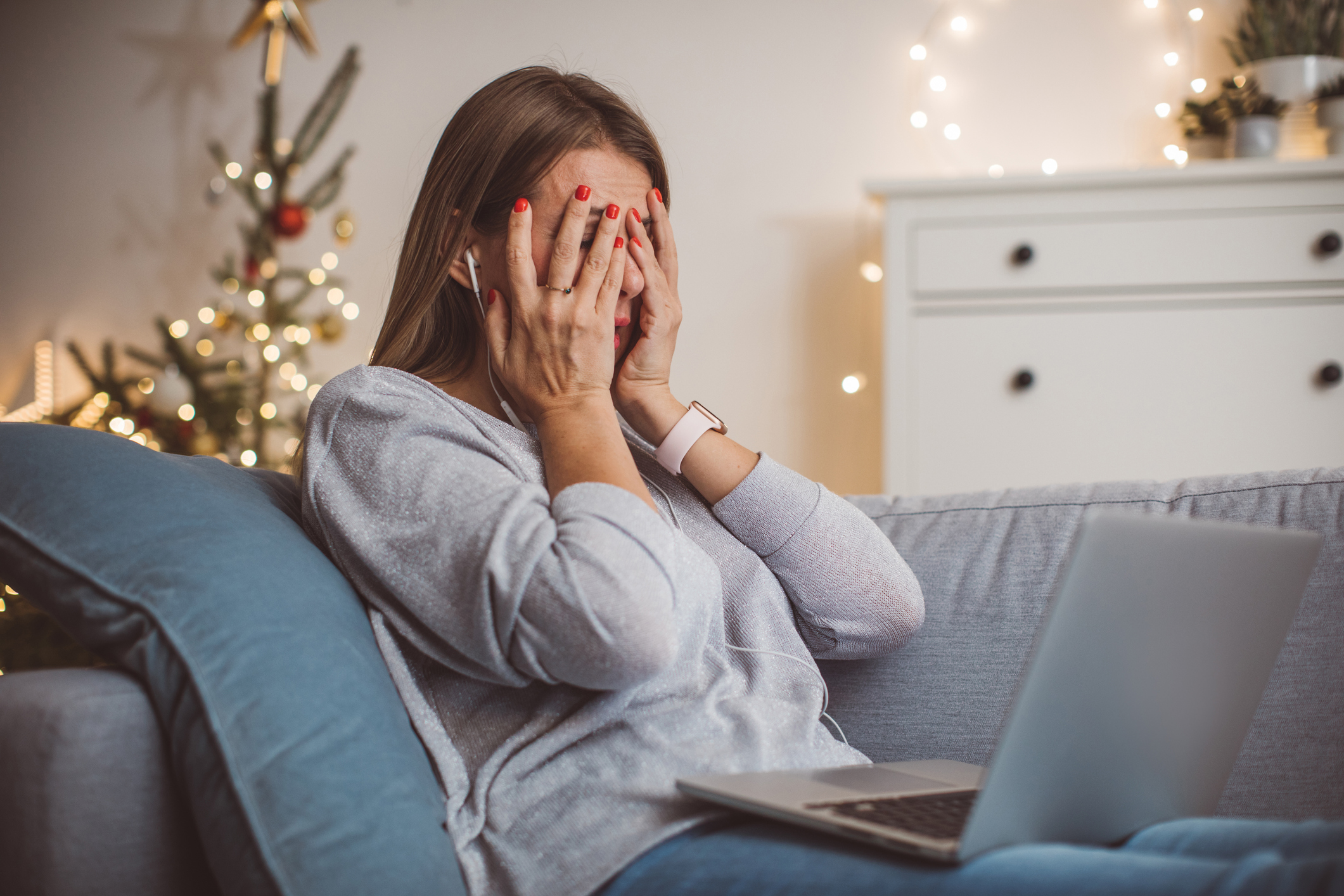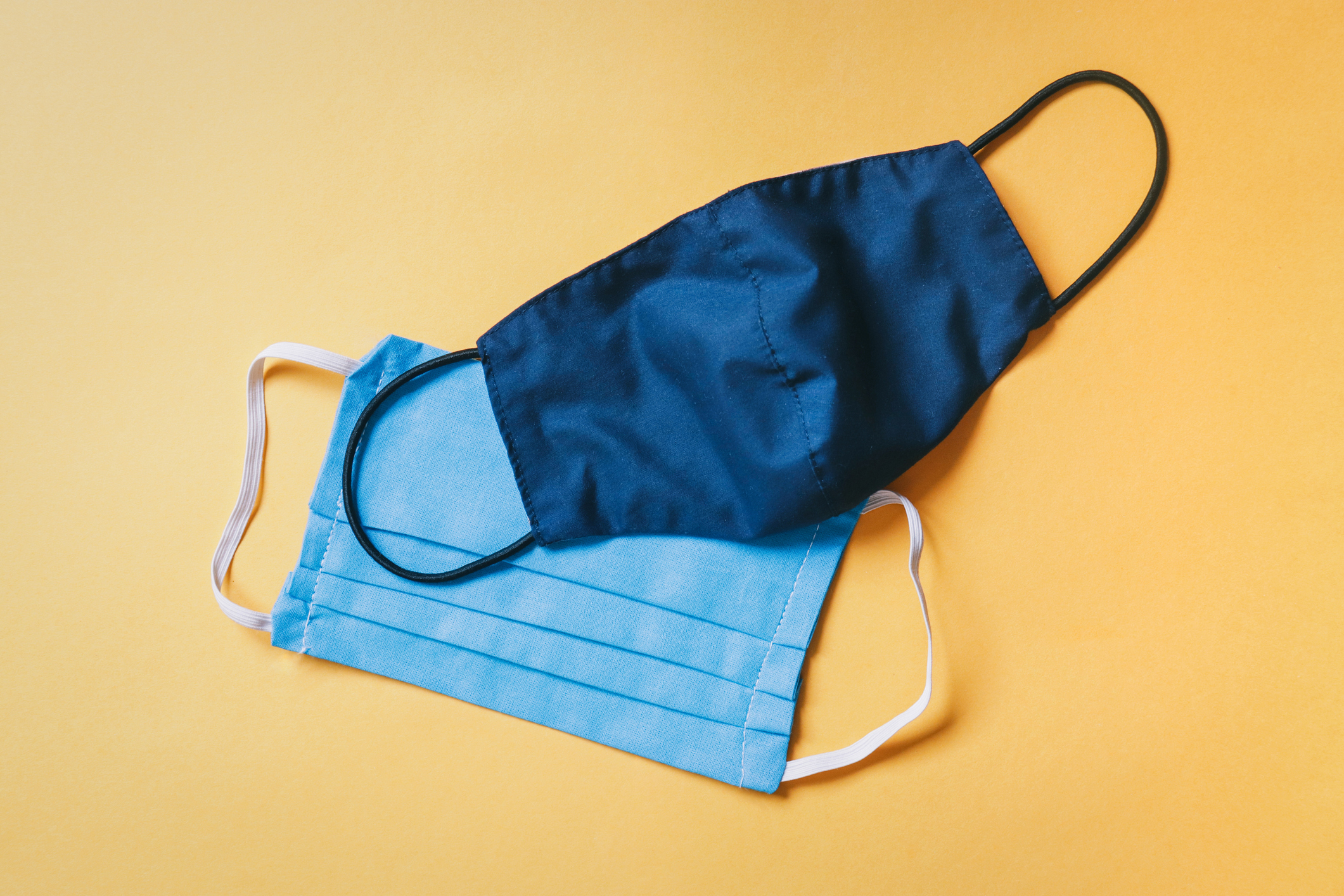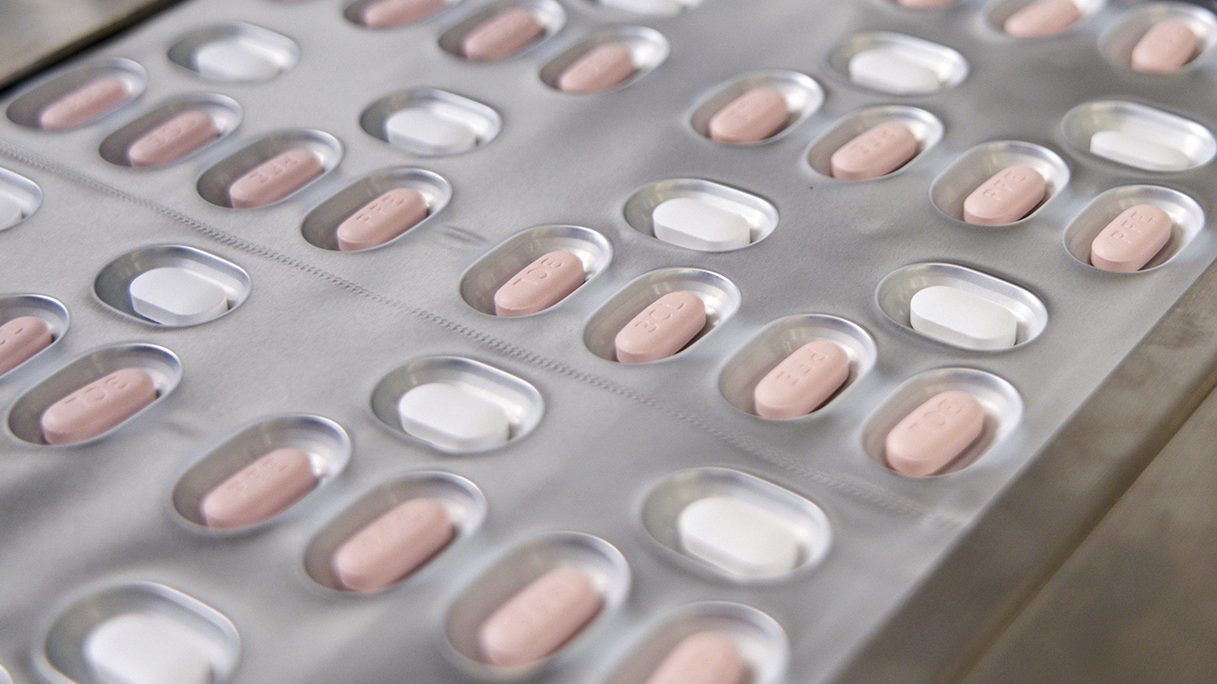The omicron variant is still causing a surge in COVID-19 cases in the U.S. and in Los Angeles County.
The most recent surge has infected more children, caused schools to rework their guidance as students return from winter break, forced other classrooms back to remote learning and taken a heavy toll on hospitals and healthcare workers.
LA County Public Health has repeatedly urged caution until case counts go down, but with so many cases, even the cautious have a chance of running into COVID.
Here's what to do if you were with someone who now has COVID-19, and what to do if you test positive yourself.
Get top local stories in Southern California delivered to you every morning. >Sign up for NBC LA's News Headlines newsletter.
Someone I was with has COVID-19. Now what?
The Los Angeles County Department of Public Health considers you a close contact of someone who has COVID-19 if:
- You were within 6 feet of someone with the virus, for a total of 15 minutes or more, in one 24-hour period, OR
- You had direct contact with body fluids from someone with the virus (for example, being coughed or sneezed on, sharing a cup, kissing, or providing care without protective equipment)
That contact would need to have occurred while the person who tested positive for COVID-19 was infectious. People who test positive for COVID-19 are considered infectious starting two days before their symptoms appear, or two days before their positive test if they do not have symptoms.
The window of time someone is considered infectious depends a bit on whether they have symptoms or not.
Generally speaking, it starts two days before Day 0, when the first symptoms appear. If they don't have symptoms, it's two days before their positive test.
The infectious window ends after Day 5, if that person tests negative for COVID and their symptoms are improving or nonexistent, OR on Day 10, with improved symptoms and no new COVID test.
If you were with someone who has tested positive for COVID-19 at any point during that infectious window for more than 15 minutes, you've been exposed to the virus.
When should I quarantine?
LA County requires close contacts to quarantine, and watch your health for 10 days for possible symptoms, unless you are exempt.
Wear a mask around others for at least 10 days after your last exposure to the COVID-positive person in all cases.
Fully Vaccinated
If you're fully vaccinated and boosted without symptoms, OR you've had COVID-19 yourself within 90 days and have fully recovered, you are exempt from quarantine requirements.
Even if you don't need to quarantine, you should monitor for symptoms for at least 10 days after the last time you saw the infected person, and wear a well fitting, medical-grade mask around others that entire time.
The county also recommends getting tested for COVID-19 as soon as you learn you are a close contact, and again on Day 5 after contact if you test negative the first time.
Unvaccinated or Partially Vaccinated
If you are partially vaccinated -- which includes those who have not yet gotten boosted -- or unvaccinated, you must quarantine. Consider getting tested right away to see if you need to go into isolation.
While quarantining, stay at home. Don't go to work, school, or public areas, and don't invite other people to your home while you're quarantining.
Try to separate yourself from others who live with you who are not quarantining. Wear a mask and stay at least 6 feet apart if you need to be around them. Wash your hands often, and sanitize shared surfaces.
The latest LA County guidance says that, as long as you don't develop symptoms, you can get an FDA-approved COVID-19 test from an official testing site after five days. If it comes back negative, you can leave quarantine.
Keep an eye on your health, watching for possible COVID symptoms, until 10 days have passed. Test and stay home if symptoms appear, and isolate if you do test positive.
If you do not get tested and test negative on Day 5, you should quarantine for the full 10 days.
How soon after exposure should I get tested?
If you have symptoms of COVID-19, regardless of your vaccination status, you should get tested to see if you have the virus. LA County Public Health has a list of COVID-19 symptoms here.
According to LA County, people exposed to COVID should consider getting tested as soon as they find out they are a close contact, and get tested five days after the last time they saw the infected person.
Early data suggests that the omicron variant may have a shorter incubation period than previous variants of COVID-19, according to NBC News, down to as little as three days. This means less time passes between someone getting exposed to COVID-19 and developing symptoms.
Follow the above COVID-19 guidance for quarantine and masking around others, even if an immediate test is negative. Get tested again after five days, or immediately if symptoms develop.
LA County guidance also suggests getting tested before gathering indoors with people from other households, after attending gatherings or events with large numbers of people, and before and after travel. Read more about COVID-19 testing here and here.
How can I get a COVID-19 test?
The state of California makes free COVID-19 tests available to all residents at COVID-19 testing sites. Find a testing site near you with this interactive map.
Other locations where COVID-19 tests are available, according to LA County, include:
- Your doctor's office,
- LA County testing sites, which you can find with this map,
- Pharmacies, many of which provide free tests, and
- At home, with a self-test kit.
A rapid test will give you results within minutes, but a PCR test -- which takes longer -- is more sensitive and can detect lower amounts of the virus if it is present. The CDC has more information about COVID-19 testing here.
I tested positive for COVID-19. Now what?
Regardless of whether you are fully vaccinated or not, if you test positive for COVID-19, you are required to go into isolation. You should also tell all of your close contacts - that's anyone you saw up to two days before you either developed symptoms or tested positive for the virus -- that you are sick, so they can quarantine. Read more about contact tracing here.
About Isolation
Isolation means staying away from other members of your household. Do not go into the same room as others, and if you must, stay 6 feet apart, and wear a mask. Masks should have three layers if possible, and should be worn regardless of anyone's vaccination status.
Open windows or use a fan or air conditioner in shared spaces, to increase ventilation.
Use a separate bathroom from others, or disinfect the bathroom after use if that is not possible. Avoid sharing food, and do not share personal items like dishes, towels or bedding.
Wash your hands frequently, and disinfect surfaces in your home.
Don't let any non-essential visitors into your home, and don't handle any pets or animals, so you don't put them at risk of infection.
Anyone who stays in contact with you during your isolation period will need to continue their quarantine period for longer -- every incident where you spend time together while you are infected, their "Day 1" of quarantine resets.
If you have COVID-19 symptoms, and do not get a COVID-19 test on Day 5, your isolation period is over when:
- At least 10 days have passed since your symptoms first started and
- You do not have a fever for at least 24 hours (without the use of medicine that reduces fevers) and
- Your symptoms improve.
If you never develop COVID-19 symptoms, and do not get a COVID-19 test on Day 5, your isolation period ends after 10 days.
You isolation period can end on Day 5 if you test negative on Day 5, BUT:
- If you had symptoms, you must be fever-free for at least 24 hours (without the use of medicine that reduces fevers) and your symptoms must be improving, in addition to the negative test.
- If you never developed symptoms, you just need the negative test.
- You must wear a mask around others until the end of Day 10 after you test positive or develop symptoms, regardless of the result of your last test.
Do I need to report my at-home test results?
The county's COVID-19 numbers are only as good as the data they collect, so your COVID-19 case being shared with the county means the number of cases reported each day is more accurate. That paints a better picture of where LA County stands in the fight against coronavirus.
If you use a county-provided, at-home testing kit provided by Fulgent, according to the Los Angeles Department of Health Services, then Fulgent reports your case, and you don't need to do anything else.
"Home-testing kits are provided via Fulgent on behalf of LA County," the DHS said in a statement. "After residents return their test kit via mail for analyzing, Fulgent reports their test results to the state and public health departments. It is the same process that occurs at county test sites."
"Residents do not need to do anything to report their results, unless they have to report their test results to their employers, etc."
When do I need to call my doctor?
LA County recommends calling your doctor as soon as you test positive to let them know you are sick, especially if you are older than 65 years old or you have an underlying medical condition that puts you at greater risk of a serious COVID case.
If you have:
- Difficulty breathing,
- Pressure or pain in your chest,
- Bluish lips or face,
- Confusion or difficulty waking up, or
- Other serious symptoms,
Call 911.
When can I stop quarantining or isolating?
You only need to quarantine if you have not gotten all of your series of COVID vaccines and boosters.
If you have been exposed to someone with COVID-19, and do not test positive after exposure, LA County guidance says you can stop quarantining after 10 days as long as you don't develop symptoms.
If you have no symptoms and get an FDA-approved COVID-19 test from an official testing site after five days, and it comes back negative, you can leave quarantine after Day 5, according to LA County.
Wear a mask around others for 10 days after exposure to COVID-19 regardless of vaccination status and test status.
If you do test positive for COVID-19, you must isolate for at least five days -- longer, if you do not get a negative test result.
If you have COVID-19 symptoms, and do not get a COVID-19 test on Day 5, your isolation period is over when:
- At least 10 days have passed since your symptoms first started and
- You do not have a fever for at least 24 hours (without the use of medicine that reduces fevers) and
- Your symptoms improve.
If you never develop COVID-19 symptoms, and do not get a COVID-19 test on Day 5, your isolation period ends after 10 days.
You isolation period can end on Day 5 if you test negative on Day 5, BUT:
- If you had symptoms, you must be fever-free for at least 24 hours (without the use of medicine that reduces fevers) and your symptoms must be improving.
- If you never developed symptoms, you just need the negative test.
- You must wear a mask around others until the end of Day 10 after you test positive or develop symptoms.




